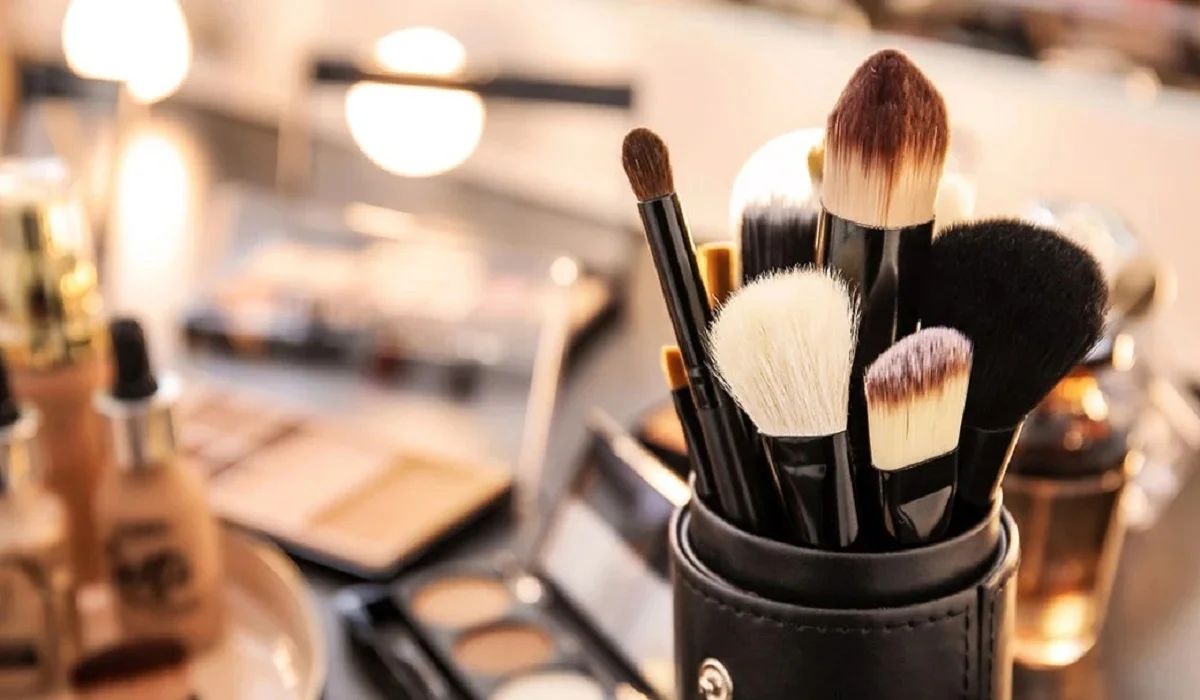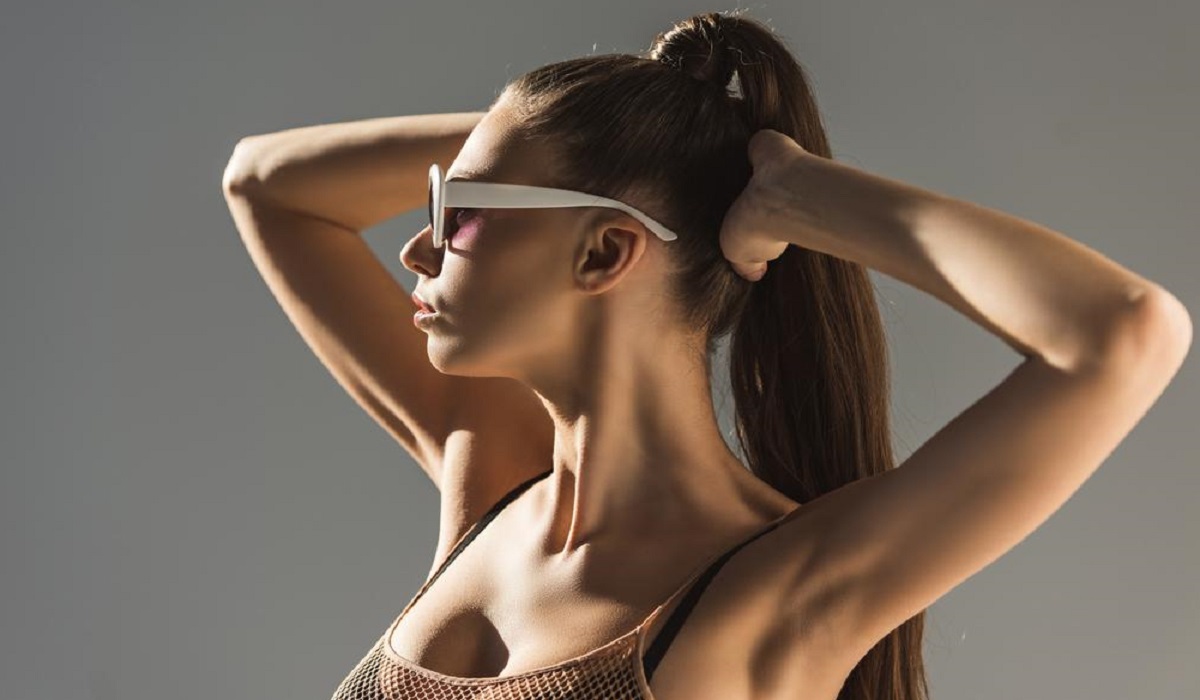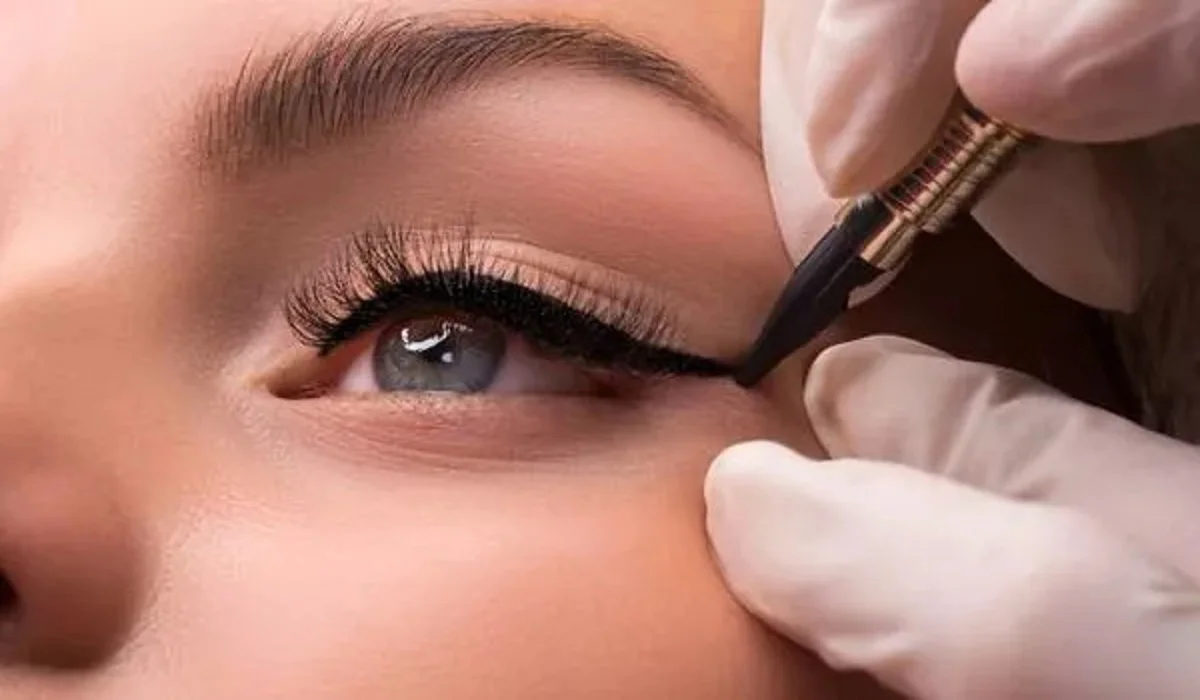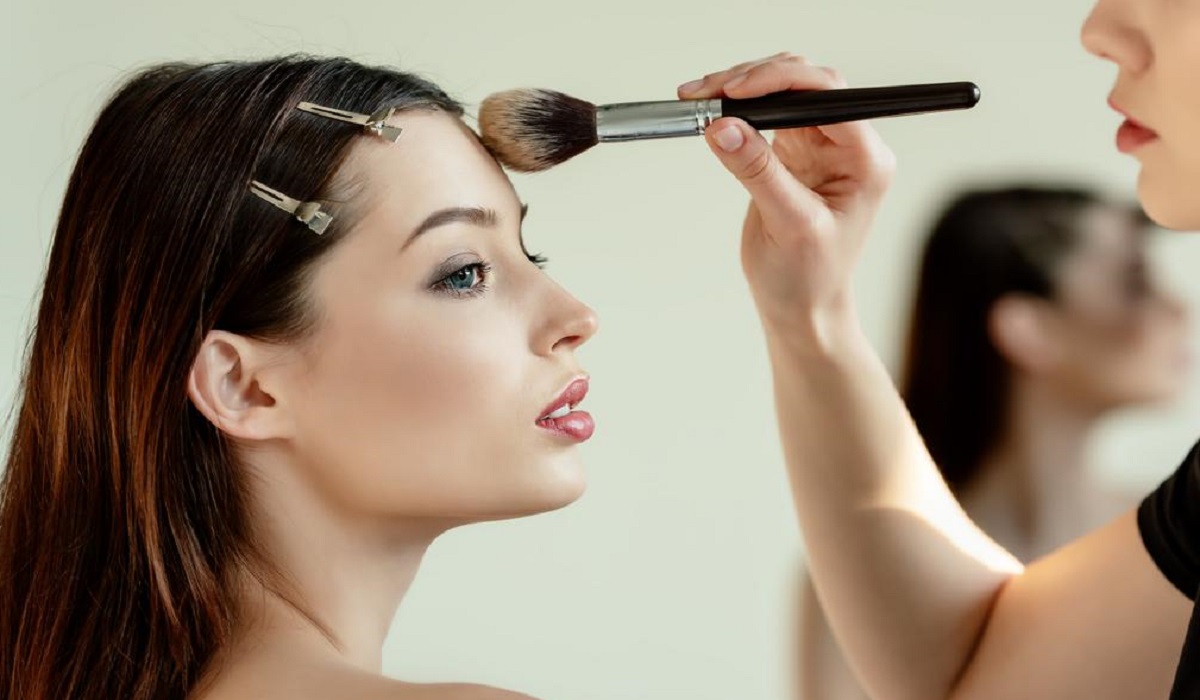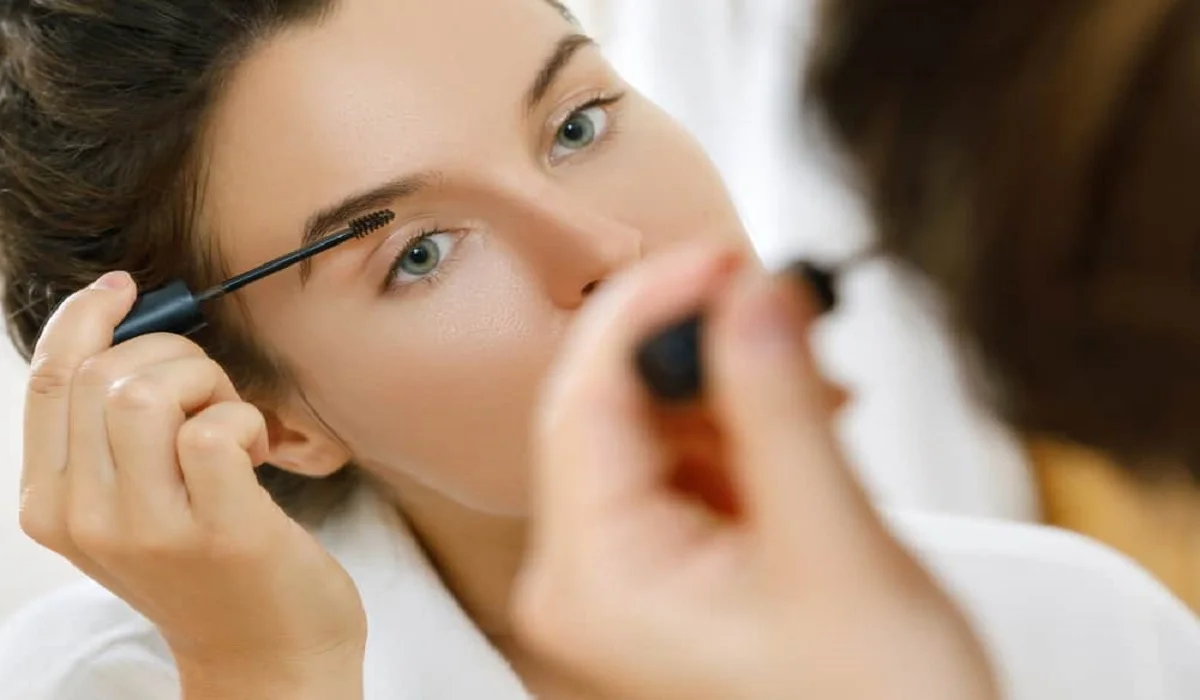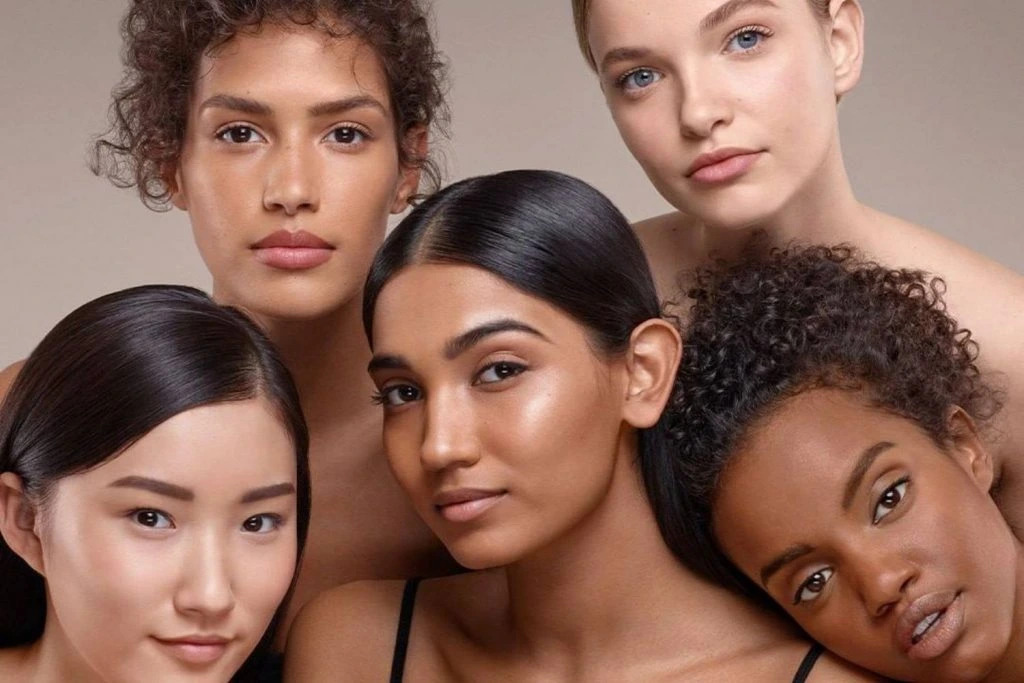
When it comes to finding the perfect foundation or choosing the right clothing colors, determining your skin tone is crucial. Your skin tone is the underlying color of your skin, and it can range from fair to deep. However, figuring out your skin tone isn’t always easy, and it can be confusing to determine what undertones your skin has. In this guide, we’ll break down the different skin tones and undertones, as well as provide you with some tips for finding your own skin tone.
Fair Skin Tone
Fair skin tones are generally described as having a pale or porcelain complexion. People with fair skin usually burn easily and have difficulty tanning. If you have fair skin, you may have pink or blue undertones in your skin.
One way to check your skin tone is to look at the veins on the inside of your wrist. If your veins appear blue or purple, you likely have cool undertones, which means you have pink or blue undertones in your skin. If your veins appear green or yellow, you likely have warm undertones, which means you have yellow or golden undertones in your skin.
Another way to check your skin tone is to hold up a white piece of paper to your face in natural light. If your skin looks pink or rosy against the paper, you have cool undertones. If your skin looks yellow or golden against the paper, you have warm undertones.
Neutral Skin Tone
If you have a neutral skin tone, your skin has a balance of warm and cool undertones. This means you can wear both warm and cool shades, and you may not need to worry as much about matching your undertones.
To check your skin tone, you can use the same methods as for fair skin, looking at your veins and holding up a white piece of paper to your face. If you’re unsure, you may want to consult a makeup artist or beauty professional for their opinion.
Medium Skin Tone
People with medium skin tones usually have more golden or olive undertones in their skin. This means they may tan easily and have less trouble finding a foundation that matches their skin tone.
To determine your skin tone, you can use the same methods as for fair skin. If you have a medium skin tone, your veins may appear green, and your skin may look more beige or golden against a white piece of paper.
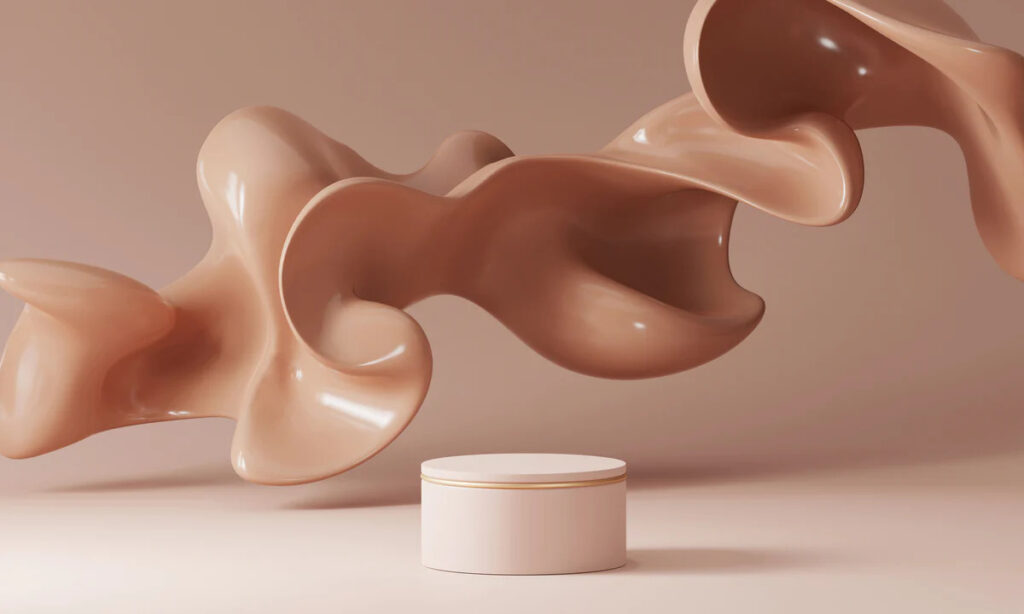
Deep Skin Tone
Deep skin tones are described as having rich, dark complexions. People with deep skin tones may have cool or warm undertones, but they are usually more muted than in other skin tones.
To check your skin tone, you can use the same methods as for fair skin. However, people with deep skin tones may have difficulty determining their skin tone because their skin can appear to be one shade in certain lighting conditions.
Undertones
In addition to skin tones, it’s also important to consider your undertones. Undertones are the colors that lie beneath the surface of your skin and can affect the way your skin appears. There are three main undertones: cool, warm, and neutral.
Cool Undertones
People with cool undertones usually have pink, red, or blue undertones in their skin. If you have cool undertones, you may look best in cool shades like blue, purple, and pink. You may also want to look for foundation with pink or blue undertones.
Warm Undertones
People with warm undertones usually have yellow or golden undertones in their skin. If you have warm undertones, you may look best in warm shades like red, orange, and yellow. You may also want to look for foundation with yellow or golden undertones.
Neutral Undertones
People with neutral undertones have a balance of warm and cool undertones. If you have neutral undertones, you may look best in a wide range of shades, including both cool and warm tones. You may also find that you can wear both pink and yellow-based foundations.
How to Determine Your Undertones
If you’re still unsure about your undertones, there are a few tricks you can try to determine them.
The first is to look at the jewelry you wear. If you look best in silver jewelry, you likely have cool undertones. If you look best in gold jewelry, you likely have warm undertones. If you look great in both, you likely have neutral undertones.
Another trick is to pay attention to the way your skin reacts to the sun. If your skin burns easily and doesn’t tan, you likely have cool undertones. If your skin tans easily and rarely burns, you likely have warm undertones. If your skin tans but can also burn, you likely have neutral undertones.
Finally, you can also look at the colors of the veins on your wrist. If your veins appear blue or purple, you likely have cool undertones. If your veins appear green or yellow, you likely have warm undertones. If you can’t tell or they appear to be a mix of both, you likely have neutral undertones.
Tips for Choosing the Right Makeup and Clothing Colors
Once you’ve determined your skin tone and undertones, you can use that information to choose the right makeup and clothing colors.
If you have cool undertones, you may want to look for makeup and clothing in cool shades like blue, purple, and pink. If you have warm undertones, you may want to look for makeup and clothing in warm shades like red, orange, and yellow. If you have neutral undertones, you may be able to wear a wide range of colors.
When it comes to foundation, it’s important to find a shade that matches your skin tone and undertones. If you have cool undertones, look for foundation with pink or blue undertones. If you have warm undertones, look for foundation with yellow or golden undertones. If you have neutral undertones, look for foundation that is a neutral shade.
When choosing clothing colors, keep in mind that some colors may make your skin appear brighter or more dull. For example, if you have cool undertones, wearing bright, bold colors may make your skin appear brighter. If you have warm undertones, wearing muted or pastel colors may make your skin appear brighter.
Determining your skin tone and undertones is an important step in finding the right makeup and clothing colors. Whether you have fair, medium, or deep skin, and cool, warm, or neutral undertones, there are tricks you can use to determine your skin tone and undertones. Once you know your skin tone and undertones, you can choose the right foundation, makeup, and clothing colors to enhance your natural beauty.

